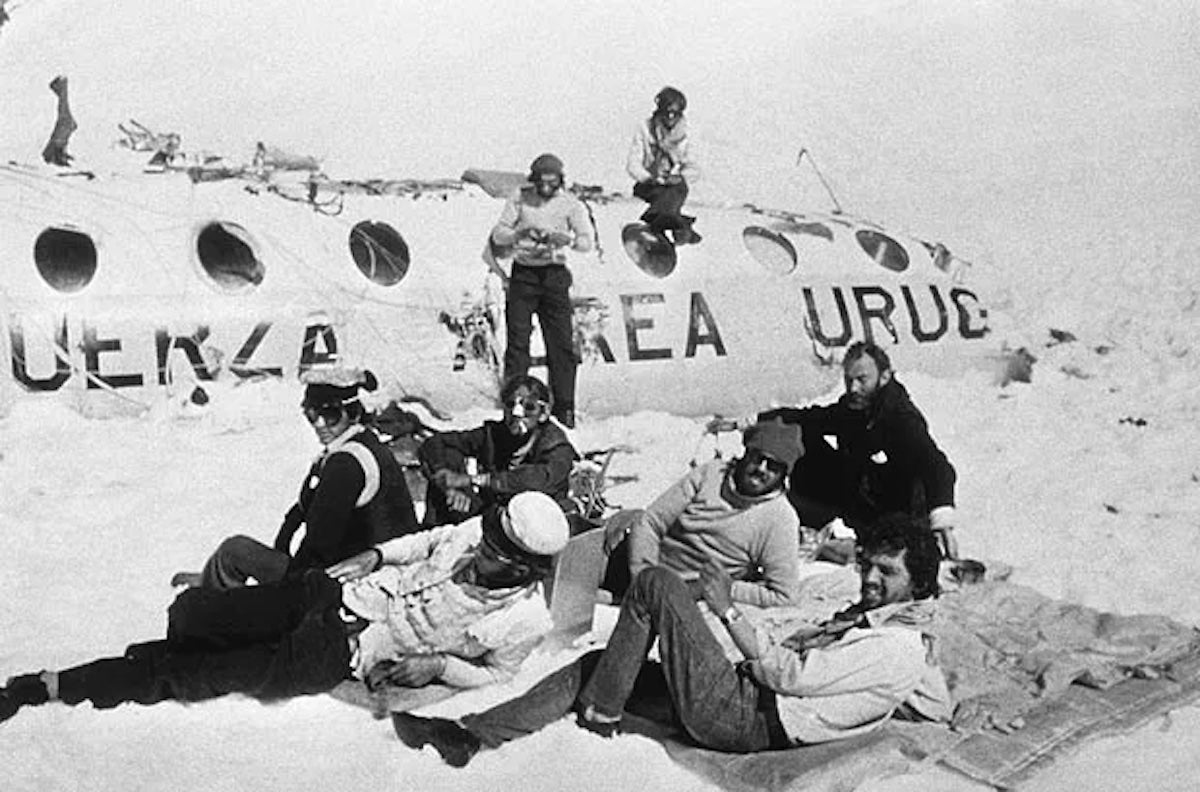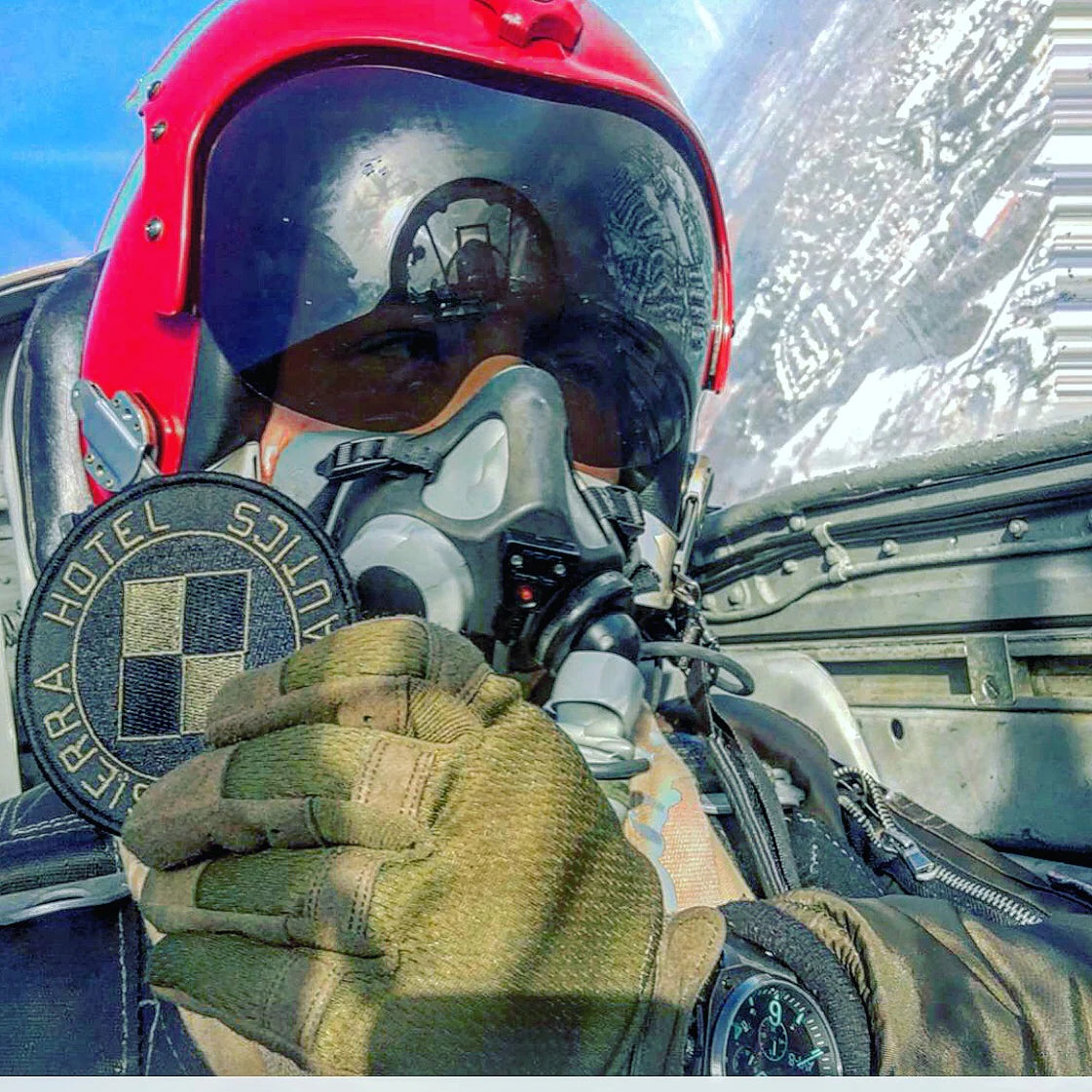Uruguayan Air Force Flight 571

October 13th, 1972, Uruguayan Air Force Flight 571, later known as "The Andes flight disaster", and "The Miracle of the Andes", departed Montevideo, Uruguay, bound for Santiago, Chile with 45 passengers and crew, including 19 members of the Old Christians Club rugby union team, along with their families, supporters, and friends.
.
As Flight 571 was nearing the western side of the Andes, the low-time co-pilot of the Fairchild FH-227D mistakenly believed they had reached Curicó, Chile, and initiated their descent too early while still in instrument conditions. The aircraft struck a mountain peak, instantaneously shearing off both wings and the tail section of the aircraft. The remaining portion of the fuselage slammed down on the mountainside, then slid down the mountain face for over two thousand, three hundred and seventy-nine feet before striking ice and snow on a glacier, and finally coming to a standstill at an elevation of 11,710 feet.
.
Three crew members and eight passengers were immediately killed in the crash, and several others soon afterward, due to the frigid temperatures and extensive injuries.
.
Authorities dispatched multiple search and rescue aircraft which unknowingly flew directly over the crash site several times during the next few days, but crews were unable to see the aircraft's white fuselage against the snow. All search efforts were abandoned after eight continuous days.
.
The survivors, surrounded by nothing but freezing temperatures, low oxygen, rock and ice, had extremely little food: eight chocolate bars, a tin of mussels, three small jars of jam, a tin of almonds, a few dates, candies, dried plums, and several bottles of wine. During the days following the crash, they divided this into small amounts to make their meagre supply last as long as possible. One passenger ate a single chocolate-covered peanut over three days.
.
Even with this strict rationing, their food stock dwindled quickly. There was no natural vegetation, and no wildlife, on either the glacier or nearby snow-covered mountain peaks. The food ran out after a single week, and the group turned to eating parts of the airplane such as the cotton inside the seats and leather, but that only caused them to get sick, and weaker
.

.
Seventeen days after the crash, near midnight on October 29th, an avalanche struck the aircraft as they slept, killing eight more passengers.
.
In the months that followed, continual existence in temperatures as low as −30 °C, more passengers succumbed. The remaining survivors were forced to resort to cannibalism if they had any chance of survival. This a decision not taken lightly, as most of the dead were classmates, close friends, or relatives.
.
.
In a final act of desperation, Nando Parrado and Roberto Canessa and two other passengers left the crash site in search for any kind of possible help. They climbed a 15,260 ft mountain peak without gear and hiked for over 10 days into Chile before reaching a valley where they were finally discovered.
.

On December 23rd, 1972, 72 days after the crash, the surviving passengers of Flight 571 heard a most welcome thumping sound as two Chilean Air Force UH-1 Huey helicopters suddenly appeared over the ridge, signalling the end of their time in frozen purgatory, and the end of perhaps the greatest story of human survival and perseverance. The attached image was taken from one of the rescue helicopters as the stranded passengers of Flight 571 were jumping and waving their arms in joy and disbelief that they were finally going home...
.

.












Leave a comment